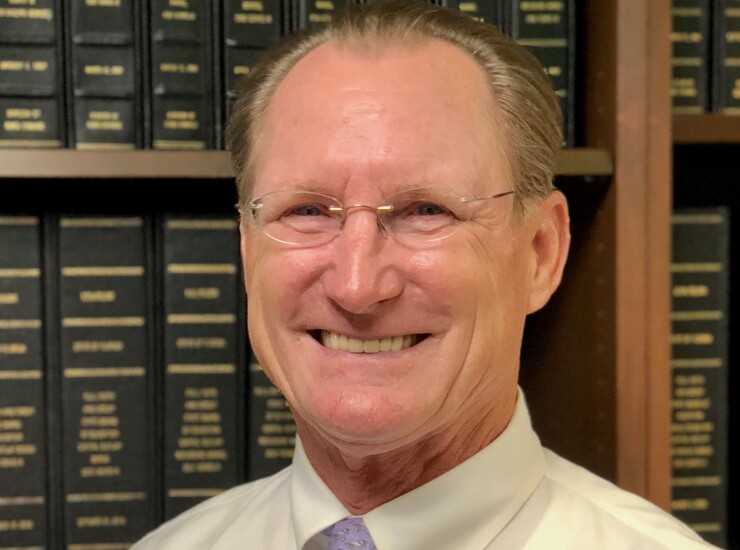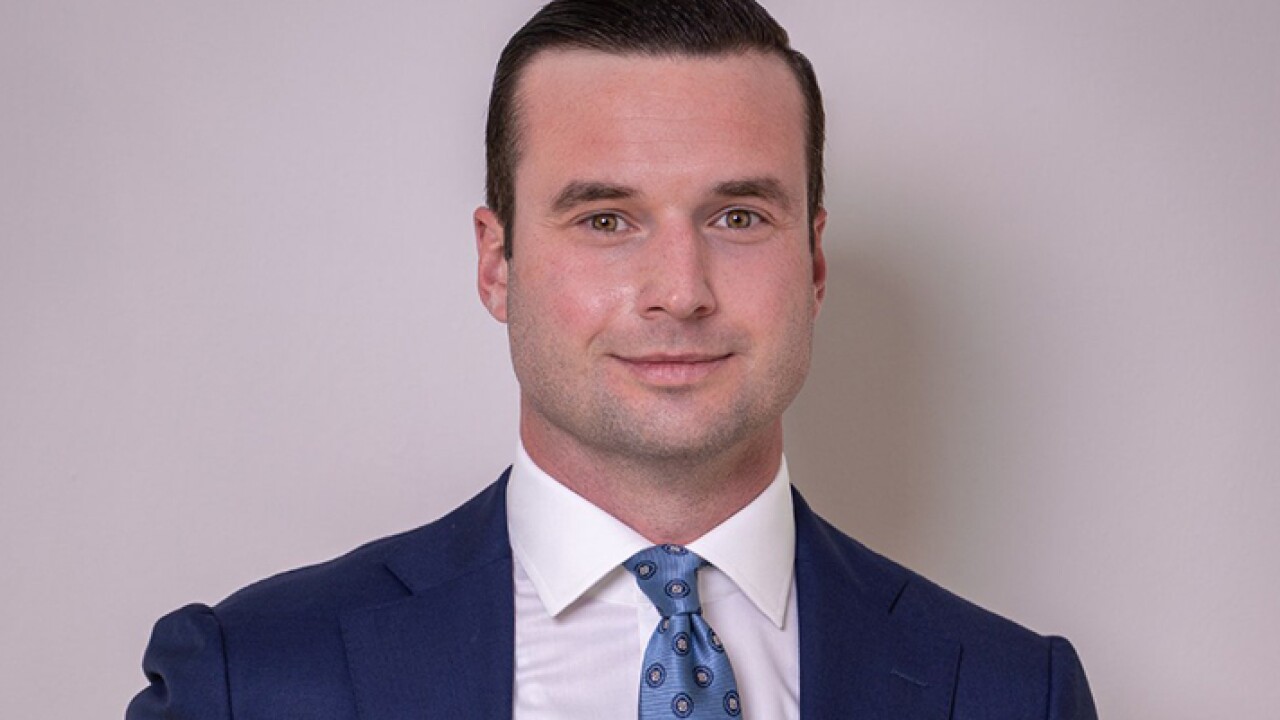Pressure is beginning to mount for the Federal Emergency Management Agency to expand its role in responding to major weather events and to declare the effects of smoke and extreme heat a major disaster on local communities.
That comes in the form of a new petition filed by the Center for Biological Diversity, the Arizona Public Health Association and thirty other environmental, healthcare and trade groups requesting FEMA to amend its major disaster categories to include extreme heat and smoke in its major disaster declarations.
"These twin climate-fueled catastrophes now consistently, year after year, vastly exceed the economic and technical capabilities of state and local governments to manage them, adapt to them, and mitigate further harm," the petition said. "Federal action is necessary."

Amending FEMA's rules would create a clear path for state and local governments to be able to receive aid, both short and long term, when disasters caused by wildfire smoke and extreme heat emerge, although attorneys for the Center for Biological Diversity argue that the definition is already broad enough to include these disasters. But how the agency responds to such crises would have to be different from the way it handles traditional disaster relief.
The petition urged that the emergency funding could be used before, during or after an extreme heat event to construct temporary cooling, water and community resilience centers, transport residents to and from centers, ensure proper medical care for those at risk of illness and deliver emergency solar generators and air conditioners to buildings and homes at risk. Extreme heat costs the U.S. economy $100 billion annually, the Cybersecurity and Infrastructure Security Agency estimates.
Funding for smoke-related events could cover clean air community centers, provide crucial supplies like air filtration technology, masks and supply medical services and related supplies for those harmed by the health effects of smoke, the petition said.
Those would come out of FEMA's Public Assistance program, its most extensive general disaster relief program, which has already supported evacuations in California as a response to its wildfires. But in 2022, FEMA rejected a request from the State of California for a major disaster declaration following a 10 day heatwave that killed 395 and pushed its power grid to the limit.
"Historically, FEMA has declined to recognize extreme heat and wildfire smoke as qualifying 'major disasters' under the Stafford Act, despite the fact that FEMA quickly acted to use the Stafford Act to respond to the COVID-19 pandemic," the petition said. "By choosing to address heat and smoke the same fashion, FEMA can make crucial funding available to state, local, and Tribal governments to prepare for and respond to extreme heat and smoke events."
The authors of the petition call for additional measures to sit on top of these. "As a complement to this petition's proposed regulations, FEMA should separately consider addressing long-standing issues in relief delivery and implementation to further ensure the effectiveness of these regulations in action."
Reimbursement by FEMA is often a long and arduous process and many states either front the money from their own reserves, or are forced to issue bonds to pay for certain damages.
"When we had flooding in Vermont, related to tropical storm Irene in 2011, in as late as 2020 we were still seeing negative fund balances in some communities to deal with the expectation that they would be receiving FEMA reimbursements," said Michael Gaughan, executive director of the Vermont Bond Bank.
"We launched and have made loans under a program we call the Municipal Climate Recovery Fund that we capitalized with a loan from the state treasurer using cash reserves and we make loans with that source of capitalization for the purposes of bridging FEMA reimbursements," Gaughan said, noting that it was really important that the program was longer term, seven years with two years interest, "Just in case FEMA isn't there so they can make the right decision in terms of rebuilding."
In 2022, Florida Gov. Ron DeSantis established the Emergency Preparedness and Response Fund, which allocates $500 million per year and gives the state a stronger ability to respond to disasters in more streamlined fashion.
"We used to have to declare an emergency and then that would give the Governor authority to spend but the spend was out of general fund reserves and we would then have to wait indefinitely to be reimbursed by FEMA," said Ben Watkins, director of Florida's Division of Bond Finance. "It's funded with $500 million and he can spend that money on any emergency without getting any sort of legislative approval," he added. "It enables you to respond very quickly, in terms of food, water and ice delivery, as well as debris removal and cleanup. You could call it resiliency if you want to, it's just being smart about what you do," Watkins said.
That effort is part of Florida's general "self help" as Watkins termed it, and other states have made stronger efforts in recent years as such to be more self-reliant when disasters strike, partly due to the administrative burdens local governments face in dealing with FEMA.
FEMA's Disaster Relief Fund is expected to run a deficit by September, its June
"That sounds like mission creep to me," Watkins said. "They can't pay for what they do now, why are they looking to expand what they do?"
But if FEMA were to address extreme heat and wildfire smoke head on, it would need to do so differently than the way it responds to disasters such as flooding, hurricanes and the like.
"We're operating on a current paradigm from FEMA where we think of disasters as acts of God but are increasingly acts of man, due to human caused climate change," Gaughan said. "Alongside that comes some regularity to the events themselves, as we're obviously seeing in the data in terms of billion dollar events, etc."
"If we make a change to FEMA, it really needs to be a change that gets ahead of the improvements that are needed to mitigate risk because obviously in a smoke or heat situation, it's not rebuilding in the same way that the conventional disasters are thought of, it's emergency resources," Gaughan said. "But for those to be effective in a heat wave or a heat dome, those resources really need to be on the ground and the cooling centers need to be established and there needs to be preventative work that gets you ready for the disaster," he added. "And that would be a little bit of a change in theme. Obviously [FEMA has] tried to move in that direction but it's not nearly as much as the public assistance following a disaster. The hazard mitigation and BRIC grants are substantially less."





